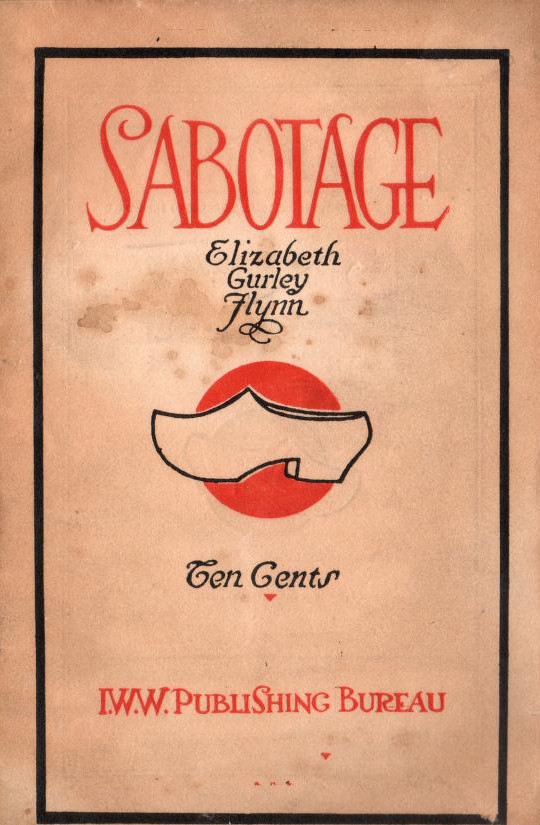Stéphane Hessel: Time for Outrage! (2010-) [FR, EN, DE, IT, PT, GA]
Filed under pamphlet | Tags: · activism, democracy, economy, financial crisis, politics, protest, resistance

This controversial, impassioned call-to-arms for a return to the ideals that fueled the French Resistance has sold millions of copies worldwide since its publication in France in October 2010. Rejecting the dictatorship of world financial markets and defending the social values of modern democracy, 93-old Stéphane Hessel — Resistance leader, concentration camp survivor, and former UN speechwriter — reminds us that life and liberty must still be fought for, and urges us to reclaim those essential rights we have permitted our governments to erode since the end of World War II.
French edition
Publisher Indigène éditions, Montpellier, October 2010
ISBN 9782911939767
32 pages
English edition
Translated by Damion Searls
Publisher Published by Charles Glass Books, an imprint of Quartet Books
ISBN 0704372223, 9780704372221
40 pages
via Cari
commentary (Charles Glass, The Nation)
wikipedia (FR)
wikipedia (EN)
publisher (FR)
publisher (EN)
Indignez-vous! (French, 6th edition, December 2010, PDF)
Time for Outrage! (English, 2011, EPUB)
Time for Outrage! (English, published in The Nation, March 2011, PDF)
Empört Euch! (German, trans. Michael Kogon, 2011, PDF)
Empört Euch! (German, trans. Michael Kogon, 2011, EPUB)
Indignatevi! (Italian, Scribd.com, February 2011)
Indignai-vos! (Portuguese, trans. Marly Peres, 2011, PDF)
Indignádevos (Galician, trans. Henrique Harguindey, 2011, Scribd.com)
Krisis: Journal for Contemporary Philosophy, 3: Civil Disobedience (2012)
Filed under journal | Tags: · activism, disobedience, occupy movement, philosophy, politics, protest, resistance, theory

“Some of the most prominent theories of civil disobedience, e.g. those of Rawls and Habermas, highlight its primarily or even exclusively symbolic character. This, however, seems to reduce civil disobedience to a purely moral appeal. On a theoretical as well as on a practical level we are today faced with the question whether civil disobedience requires a moment of real confrontation for it to be politically effective. It seems that civil disobedience does in fact have an irreducible symbolic dimension, but that it cannot be reduced to this dimension, because without moments of real confrontation it would also lose its symbolic power and turn into a mere appeal to the conscience of the powers that be. The articles in this special section highlight various of the challenges and possibilities the theory and practice of civil disobedience is confronted with today, from the question whether Paraguayan campesinos have a right of necessity also to uncivil actions via the political potential of the apparently criminal behaviour of marginalized migrants and the effects of ‘hermeneutic invisibility’ on the public nature of civil disobedience to the effects rise of ‘art activism’ on the relation between the social and the artistic and the situatedness of the bodies of protesters in relation to changing police tactics.
In ‘The Misadventures of Critical Thinking’ Jacques Rancière explores the anti-emancipatory effect of an artistic and theoretical critique that specializes in unmasking how all attempts at critique are always already anticipated and incorporated by ‘the system’, suggesting that we should instead focus on what he calls ‘scenes of dissensus’. As Joost de Bloois argues in his comment on Rancière’s text, however, this analysis might not only underestimate the complexity of this unmasking critique, it also seems to run into some of the same problems it diagnoses.
In our interview with Wendy Brown we discuss the emancipatory potential as well as the theoretical and political limits of the notions of democracy and communism, the paranoid practice of walling with which states seem to compensate their waning sovereignty, the Occupy movement and the danger of Oedipalization, the varieties of secularism, and the responsibility of teaching.”
Published in Amsterdam, 2012
101 pages
via Jappe Groenendijk
Elizabeth Gurley Flynn: Sabotage: The Conscious Withdrawal of the Workers Industrial Efficiency (1916)
Filed under pamphlet | Tags: · activism, labour, resistance, sabotage

The famous pamphlet advocating a more direct approach to the class struggle.
“The interest in sabotage in the United States has developed lately on account of the case of Frederick Sumner Boyd in the state of New Jersey as an aftermath of the Paterson strike. Before his arrest and conviction for advocating sabotage, little or nothing was known of this particular form of labor tactic in the United States. Now there has developed a two-fold necessity to advocate it: not only to explain what it means to the worker in his fight for better conditions, but also to justify our fellow-worker Boyd in everything that he said. So I am desirous primarily to explain sabotage, to explain it in this two-fold significance, first as to its utility and second as to its legality.” (from the Introduction)
Publisher Industrial Workers of the World (I.W.W.) Publishing Bureau, Chicago, IL, October 1916
via Archive.org
PDF (PDF, no OCR)
View online (HTML)

